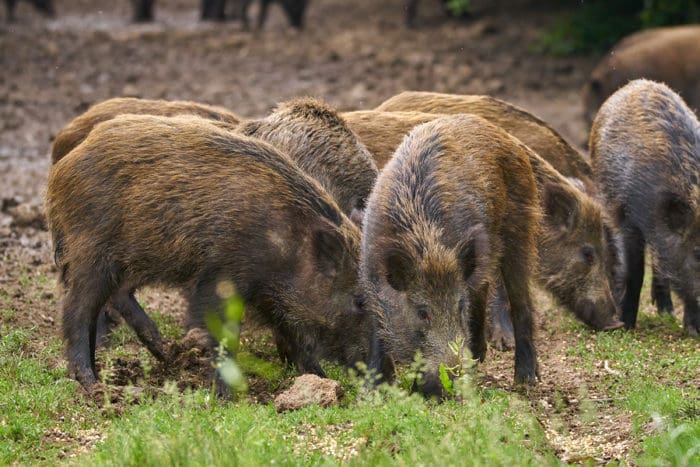No, she wasn’t hunting. No, she wasn’t out in the sticks somewhere. Chirstine Rollins was visiting the home of a client in Anahuac, Texas, an exurb east of Houston just south of I-10 when she was set upon by feral hogs.
From the scene the local sheriff found, it appears that she was attacked in her client’s yard after she got out of her car in the home’s driveway early Sunday morning.
“In my 35 years, I will tell you it’s one of the worst things I’ve ever seen,” [Sheriff Brian] Hawthorne told reporters.
As Sheriff Hawthorne says in his statement above, Rollins died due to exsanguination due to feral hog assault. In other words, she bled to death after the pigs attacked and bit her multiple times.
As we’ve noted before, Texas is fighting a losing battle against a plague of feral hogs. We got ’em bad and that ain’t good.
Texas alone is home to millions of the destructive critters, but the problem is hardly confined to the Lone Star State.
While attacks on humans are rare, the little bastards do billions of dollars of damage to crops and property every year. As Smithsonianmag.com puts it . . .
Wild hogs are “opportunistic omnivores,” meaning they’ll eat most anything. Using their extra-long snouts, flattened and strengthened on the end by a plate of cartilage, they can root as deep as three feet. They’ll devour or destroy whole fields—of sorghum, rice, wheat, soybeans, potatoes, melons and other fruits, nuts, grass and hay. Farmers planting corn have discovered that the hogs go methodically down the rows during the night, extracting seeds one by one.
Hogs erode the soil and muddy streams and other water sources, possibly causing fish kills. They disrupt native vegetation and make it easier for invasive plants to take hold. The hogs claim any food set out for livestock, and occasionally eat the livestock as well, especially lambs, kids and calves. They also eat such wildlife as deer and quail and feast on the eggs of endangered sea turtles.
In other words we can’t possibly kill enough of them.
Poisoning pigs proved politically problematic, though, and probably won’t be on the slate of approved management methods any time soon. At least not here in Texas.
In the mean time, Texans continue to fight the porcine plague the old fashioned way . . .
